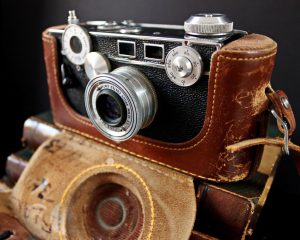
The Argus C3 is one of those cameras that for American collectors is one you could accidentally collect. I cannot tell you how many Argus C3s (and their variants like the Matchmatic) I’ve picked up in job lots of cameras where I wanted something else. I’ve seen them at antique stores, garage sales, and estate sales almost begging to come home with me. I usually decline as I don’t need yet another Argus C3, but on occasion I find one in incredibly good condition or one that comes with a neat accessory like the Accu-Rapid C3 winder, or an auxiliary lens and I “accidentally” buy it.
For non American collectors though, these cameras are a bit of an enigma. Originally retailing for $25, the Argus C-series was made specifically for the working class American family, but few were exported out of the United States during this camera’s run from 1938 to 1966. I’ve heard from European or Asian collectors who will pay a premium for a nice C3 today. This means that depending on where you’re located, your opinion of the C3 can vary from a ho-hum “just another C3” attitude to one of envy.
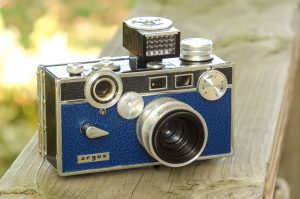
Whether you have access to an endless supply of C3s or you need to import one from the other side of the planet, there are actually very few thorough reviews on the Internet of the C3. An Argus C3 Matchmatic was one of the very first reviews I ever did on this site and reading that review now, I clearly see that it needs an update. The few people who actually shoot these cameras comment that they’re better than you might think. There is a reason these cameras were made for an astounding 28 years, despite their blocky appearance and terrible ergonomics, they’re actually quite good cameras.
I found it incredibly interesting to read this very thorough review of the Argus C3 from the January 1951 issue of Modern Photography. This was the sixth in a series of “definitive articles on popular makes of cameras” that the magazine had published. I’ve previously shared with you their full review of the Rolleiflex in a previous Keppler’s Vault.
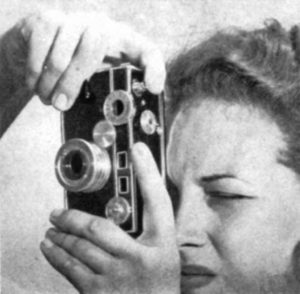
The bulk of Modern’s article serves as an instructional guide to using the camera. Someone today might view the Argus as a rudimentary camera and talk about how to work around it’s various eccentricities such as the inconvenient location of the cocking lever, the manual film catch release that must be activated before advancing the film, or the split image viewfinder, but this article was written when the Argus was still a current model, and the author approaches it’s use with a critical level of detail.
There were a few things I found very interesting in this article. The first was that a single roll of 36-exposure Kodachrome color film cost $5.40 in 1951 when this article was written! Although that includes Kodak developing, when adjusted for inflation, that comes out to $53 today! Even if you pay $15 for developing, a 36-exposure roll of modern Fujifilm Provia 100F slide film is only $13.99! I would have never guessed that the price for the film and developing is still more than double what it would cost today (after inflation).
I also never considered that the Cintar lens could be used on an enlarger. I always thought the purpose of the interchangeable lens mount on the C3 was only to buy different lenses, and while the third party lenses are mentioned later in the article, it never occurred to me that these could be used in an enlarger too. It doesn’t specify which ones, but my guess is that these had to have been Argus brand enlargers as the Argus C3 lens mount used a proprietary 33mm screw mount, compared to the typical 39mm screw mount that most enlargers used. Still, a cool use for the Cintar!
The rest of the article goes on to give some tips on maximizing depth of field, how to properly hold the camera so as to not hit the cocking lever upon firing the shutter, and how the shutter speed selector is continuously variable and allows for in between speeds. I found this to be a really interesting article that does justice to the Argus C3, a camera that is often dismissed by people unfamiliar with them simply because of their unique looks and terrible ergonomics. Compared to the earlier Keppler’s Vault review of the Rolleiflex, a camera that is very well respected and well documented today, there are still many people who view the Argus C3 as a curiosity. If you are one of those people, I recommend that you first, read this article, then second, buy one for yourself!
All scans used with permission by Marc Bergman, 2018.

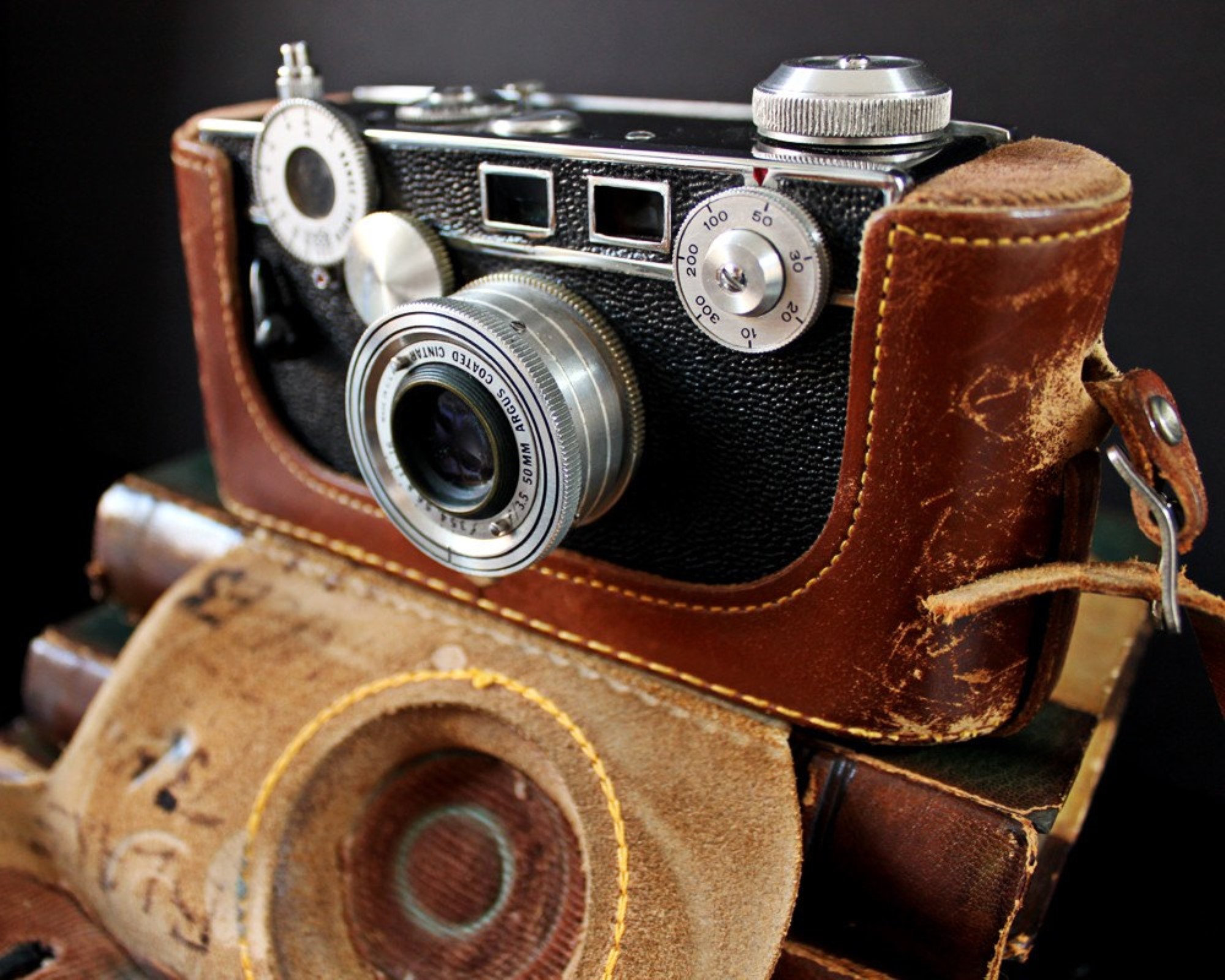
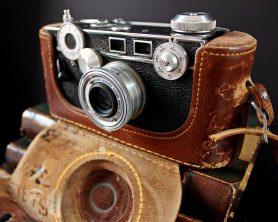







Inspirational stuff Mike – I have always loved the look of these cameras and you’re going to be credited with an assist for emptying my bank account in pursuit of yet another vintage camera, if I end up acquiring one.
I’ve owned a few of these and have never meshed with the way you have to use them. But the Cintar lenses, especially the later coated ones, can deliver truly lovely work. On the cheap Fujicolor 200 I usually shoot, the lens imparts a “color signature” (if you know what I mean) that I can’t get with any other lens. Sharpness and contrast are good..
I’ve been shooting film since I was 9, in 1976, and it’s far less expensive to shoot film today than it was even then. I wrote about it here: https://blog.jimgrey.net/2013/03/11/film-photography-has-never-been-less-expensive/
But reading about how much it cost to buy/process a single roll of Kodachrome in 1951 makes me appreciate the 750 or so 1946-1956 Kodachromes my wife found in her parents house. Holy wow, was that a lot of money invested.
Another great find Mike. I have a deep love for the Argus C-3 all because of my grandfather. He always had his C3 in his camera bag as a backup to his Leica M3 and that was the camera he taught me to shoot with. I have both cameras now that he has passed away, but I will always remember the cross country trips with him in the 70’s shooting film on that beautiful little Argus.